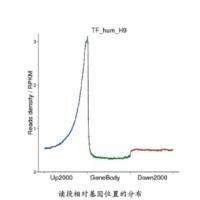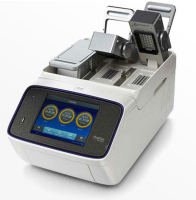Next-Generation Sequencing Applied to Flower Development: ChIP-Seq
互联网
658
Over the past 20 years, classic genetic approaches have shown that the developmental program underlying flower formation involves a large number of transcriptional regulators. However, the target genes of these transcription factors, as well as the gene regulatory networks they control, remain largely unknown. Chromatin immunoprecipitation coupled to next-generation sequencing (ChIP-Seq), which allows the identification of transcription factor binding sites on a genome-wide scale, has been successfully applied to a number of transcription factors in Arabidopsis . The ChIP-Seq procedure involves chemical cross-linking of proteins to DNA, followed by chromatin fragmentation and immunoprecipitation of specific protein–DNA complexes. The regions of the genome bound by a specific transcription factor can then be identified after next-generation sequencing.









